A German Valley That Dates Back To Before The Founding Of The Nation
But if it's German why did I eat sushi?
Stone houses, such as this one, can be found throughout New Jersey’s German Valley. We are visiting the village of Long Valley. A local told me the town, home to fewer than 2,000 people, was pretty much undiscovered by outsiders until the COVID pandemic hit. That’s when folks from New York City decided to move out because they were being permitted to work outside of the office. He lamented that’s rapidly changing the complexion of the community and creating congestion (maybe from his perspective but I didn’t see it!) and more demands upon governmental services.
This is the main road leading through town. Doesn’t look too congested to me :) . The first building on the left is Obadiah Latourette grist and saw mill. It was built around 1750 and was essential in the economy and development of both the village and the surrounding farms. It’s on the banks of the south branch of the Raritan River and was initially powered by two water wheels until it was converted to turbine power in 1870s. The last time it ground grain and produced flour and animal feed was in the 1940s but most of the machinery is still there.
A house on the banks of the south branch of the Raritan River.
What a nice backyard view!
The Zion Lutheran Church steeple as seen from an elevated point from across the river. It dates back to 1760. That’s about two decades after Palatine Germans escaping war and famine settled here. Establishing farms and mills and Lutheran and German Reformed congregations. Many of the stone homes were built back then, before the nation was even established. German Valley, by the way, was the original name for the area. It was renamed Long Valley in 1918, during World War I.
A cluster of restaurants share one parking lot. So you can drive into town, park and then decide the cuisine you crave. I opted for the Red Lantern and was pleasantly surprised to find, in such a remote location what may be the best sushi I’ve ever tasted.
This is all that’s left of the Old Stone Union Church which was erected in 1774. It was established by Rev. Henry M. Muhlenberg, known as the father of Lutheranism in America.
All photos copyright Gary Baumgarten
If you enjoy my postings please subscribe. There is no charge.
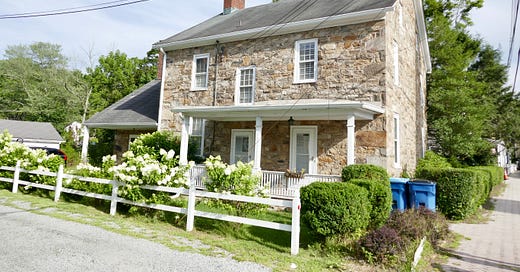



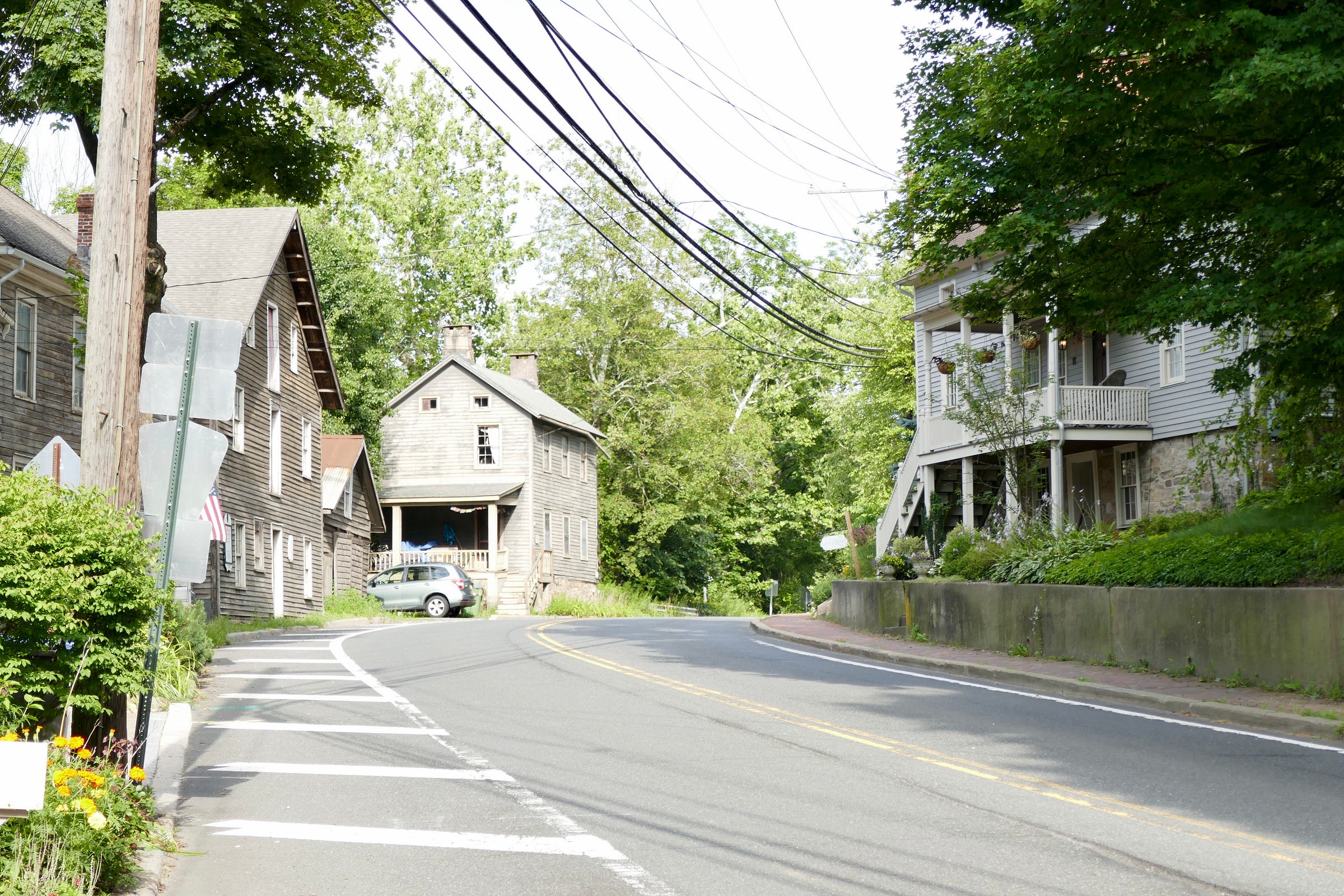
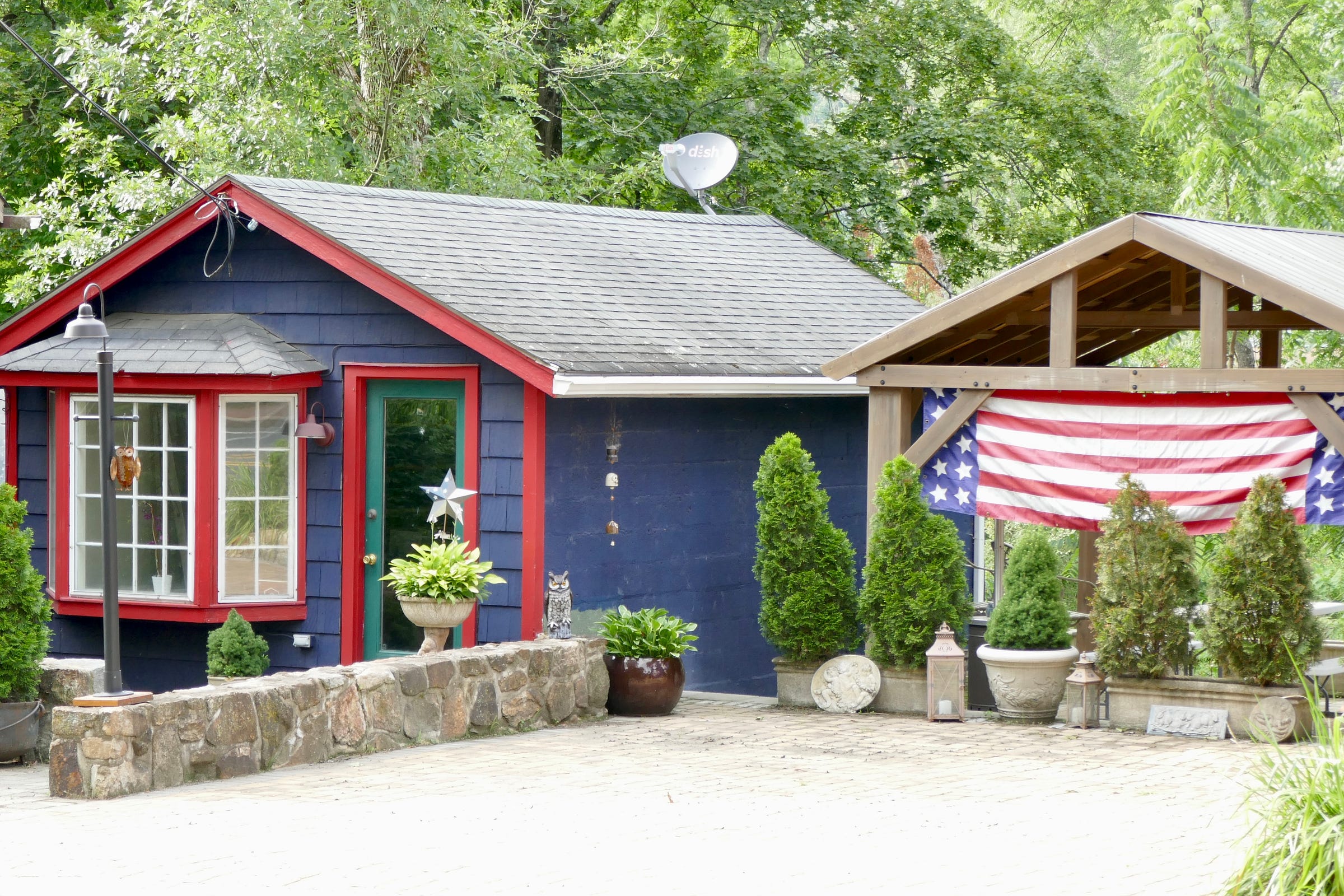
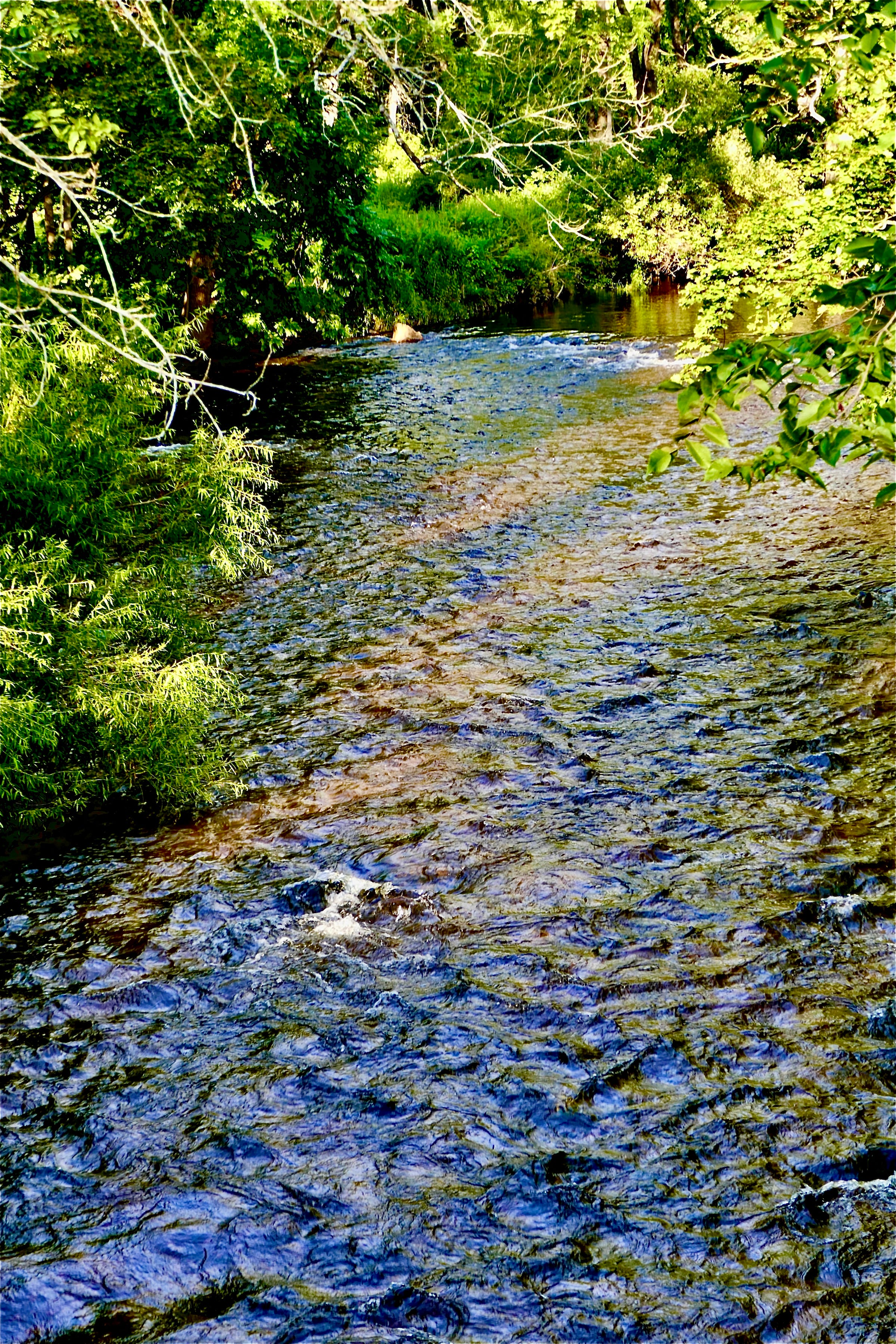
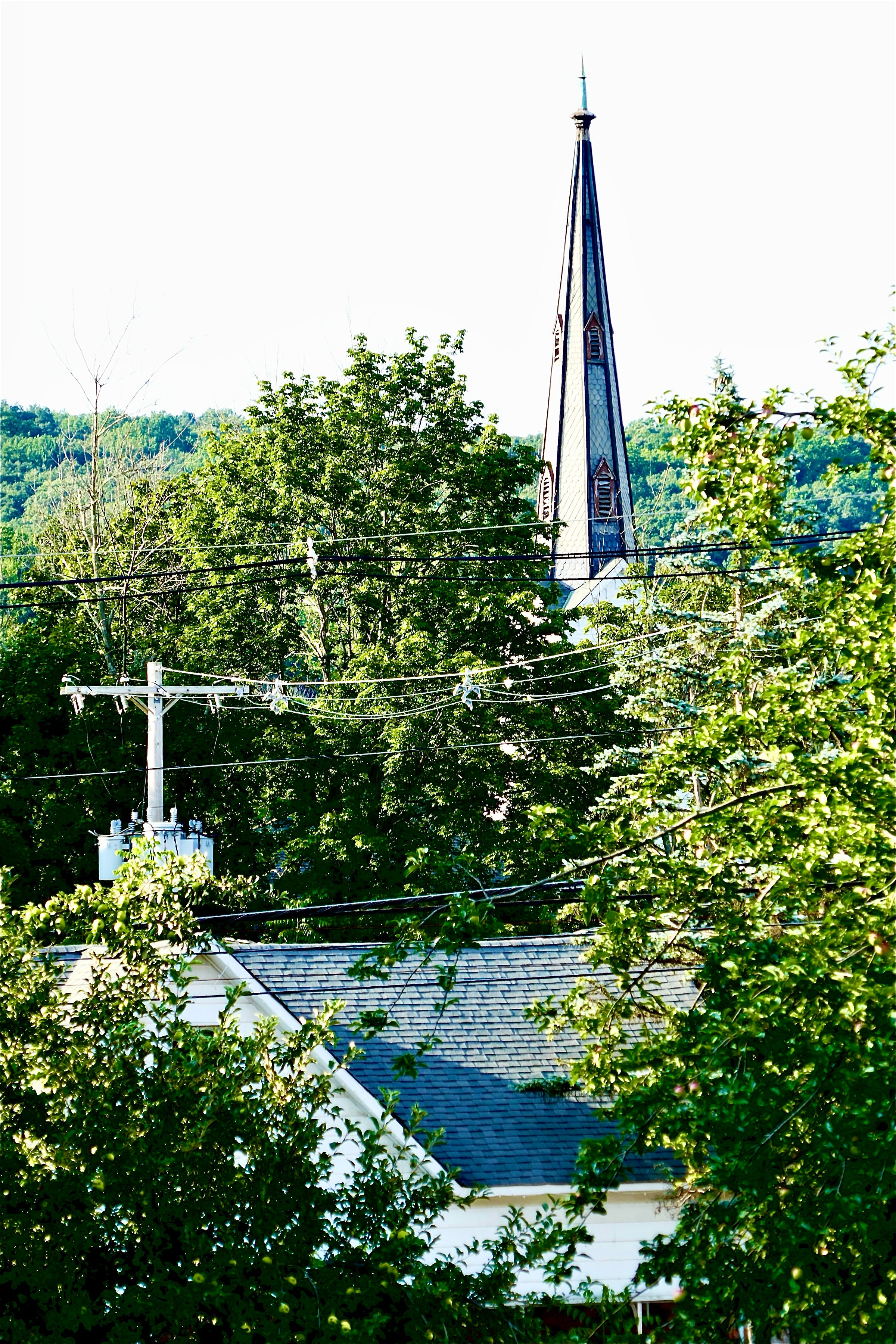
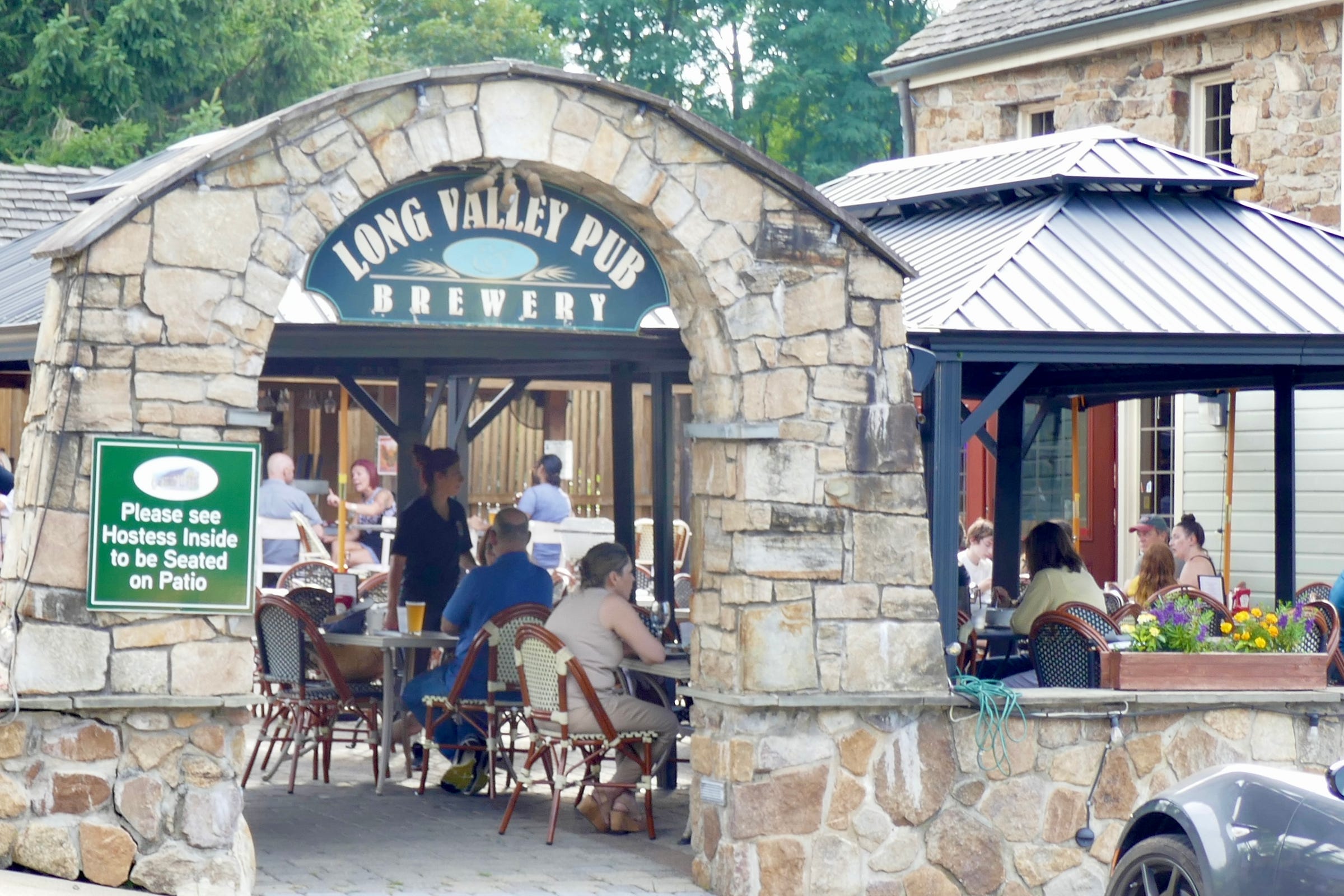

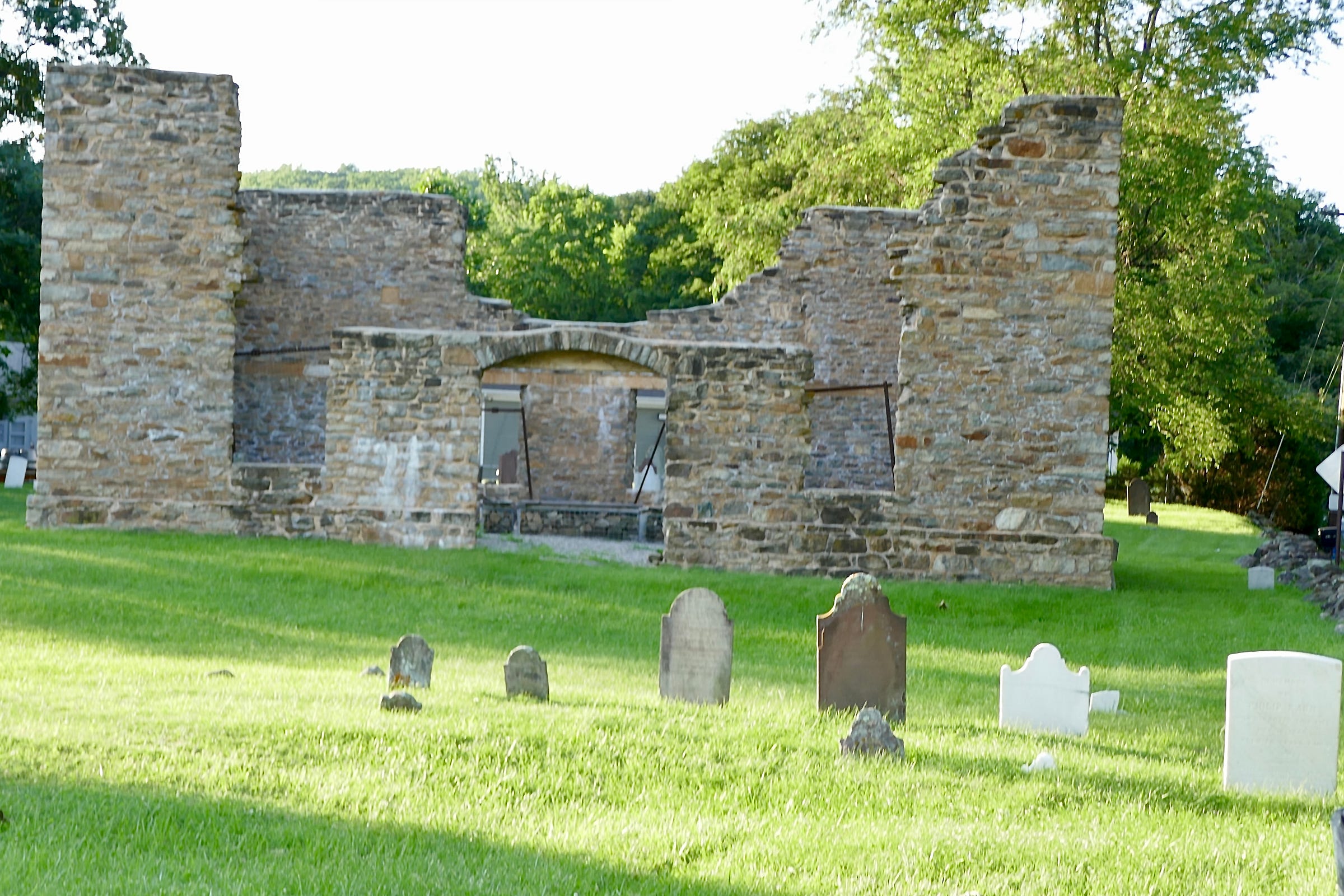
One of your best stories ever. Loved the photos. Would love to visit here.
How lovely. Looks like a wonderful place to visit and live.